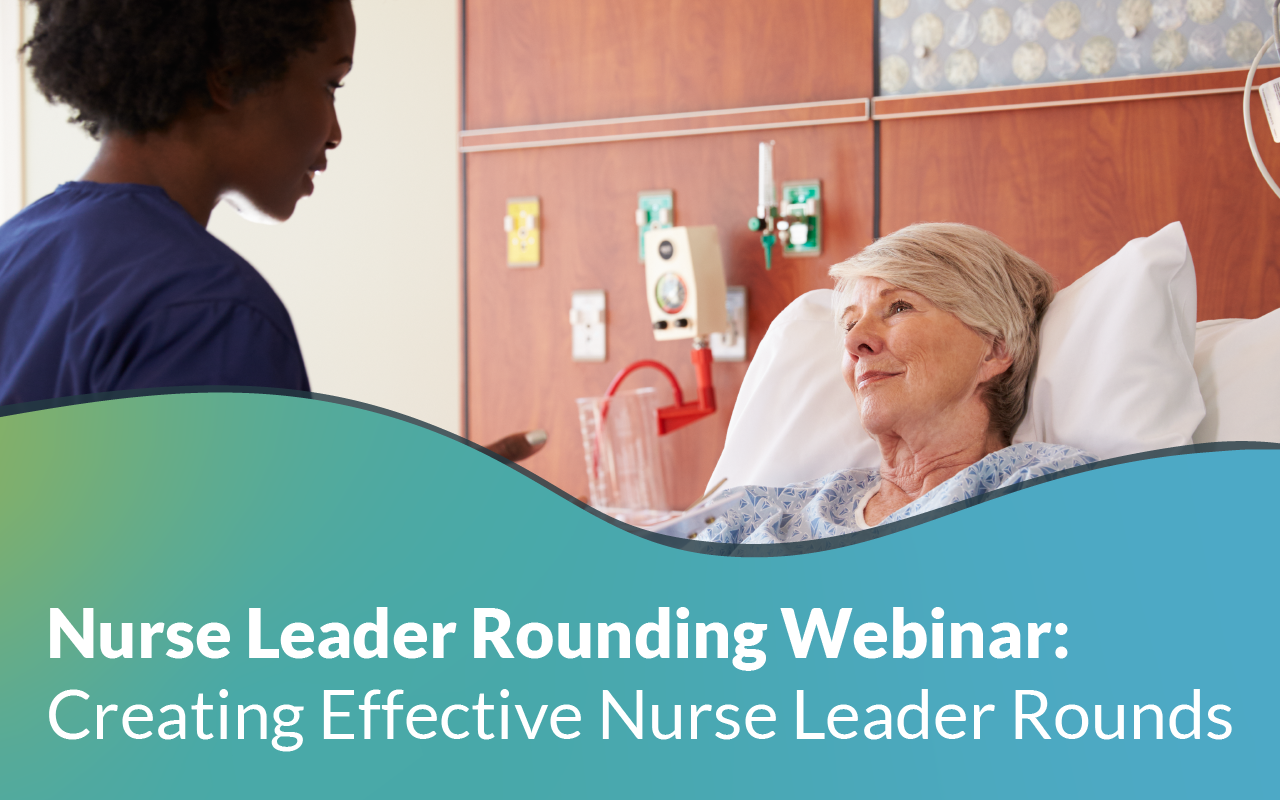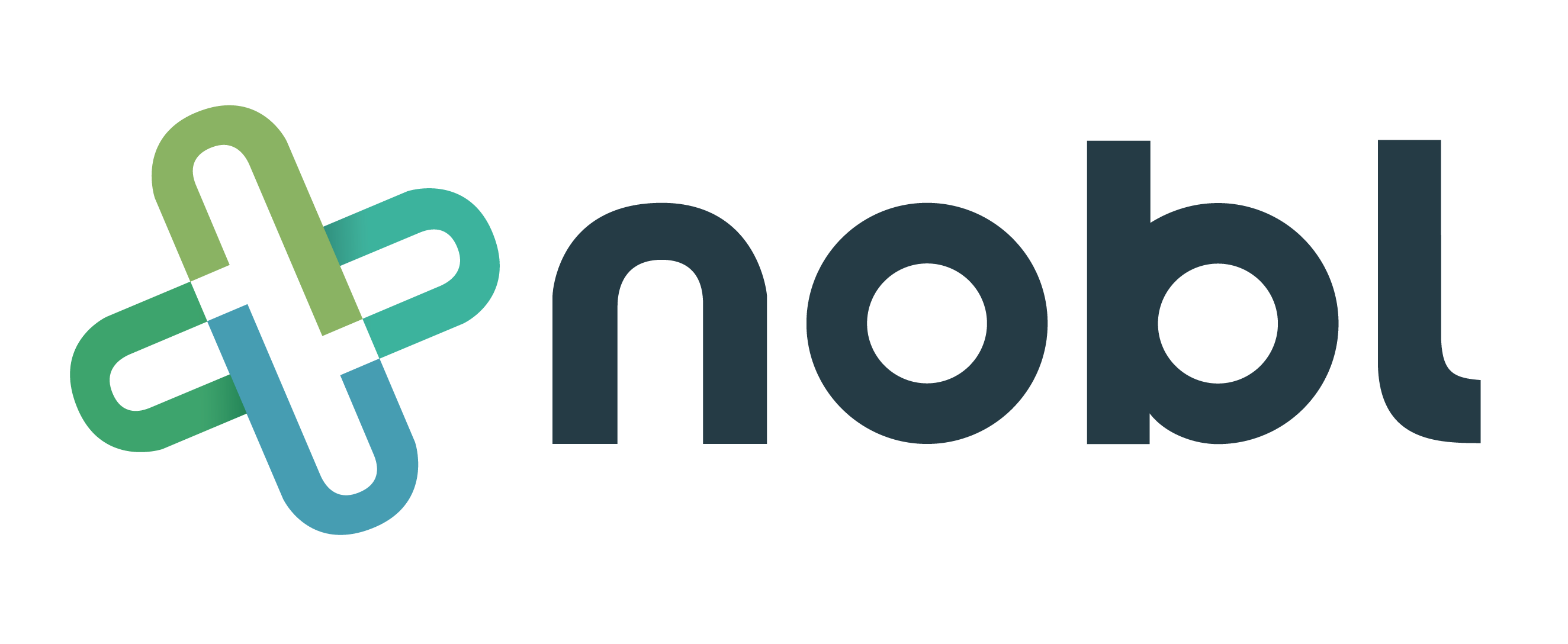
3 min read
Taking Employee Rounds to a New Level
Nobl Health May 18, 2020 1:39:00 AM
Why Do You Really Round on Employees?

One of the first responsibilities of today’s healthcare leaders is to know their workforce. That requires an in-depth knowledge of five generations currently in the workplace and how those generations directly impact competency, compliance, communication and ultimately patient satisfaction and experience. The newest members of the healthcare workforce are technologically savvy, focused on professional growth, and genuinely wish to make a difference in the workforce. One important caveat is that they want to make a difference sooner. It won’t take long for them to decide if they are advancing or contributing, and if they are not, they will be looking for the next opportunity.
In addition, with value-based purchasing linked to outcomes and patient experience, the leader must always keep in mind the generalization that “happy workers lead to happy patients and families” and how the bottom line is affected even more. While this is not necessarily a direct relationship in all populations, there is certainly a strong correlation. Especially when highly disengaged employees begin venting to the customers they serve or apologizing for care delays or issues.
Back to our original question – Why do you REALLY round on employees? There are two primary motivations – external and internal. Externally, executive leadership expects compliance and improved safety, quality and experience metrics. Those scores are then linked to leader compensation (performance-based bonuses). Most leaders are also internally motivated to care about their employees as individuals. They value the expertise, contribution and dedication of every member of the team. They care. These leaders round because they genuinely want to know how things are going and enjoy interacting with others. These internally motivated leaders are typically viewed as kind and visible but just checking in may not be enough to retain the best and brightest.
Employee Rounding – Listening Beyond the Answers

Patient satisfaction surveys, including the HCAHPS survey, query customers related to care from providers, nurses, and the overall team within several domains of care. Two categories that seem to make a strong difference with patients are “courtesy and respect” and “careful listening.” Feeling valued and that others care, is important to employees as well as to patients. Every leader should ask themselves one question – “Am I listening beyond the answers?”
This may strike some as an odd question, but in the world of social media and virtual communication, words are only part of the story that we are meant to hear. The right words may be coming out, but are they a true response or just a recitation of what one expects to hear? Are employees afraid to convey the “real story” for fear that they might be retaliated against in some way? Become a “student” of human interaction and you will notice many nuances about the communication that occurs when the sender and the receiver share mutual respect and value for each other. Easy comradery occurs and noticeable gestures of trust and affection are evident. Subordinates look forward to touching base with leaders, submit ideas and suggestions, and volunteer for projects and assignments. Conversely, non-verbal cues can signal a strained relationship, mistrust, and active disengagement in the workplace.
Ways to enhance active listening
Conduct the round with both of you comfortably seated, whenever possible.
Maintain eye contact with the employee and smile.
Be aware of your own posture – put down the device, uncross your arms, and remember to breath.
Strive to watch them while you listen – are they perspiring, fidgeting, guarded, or frowning.
Listen for key concepts within their statements.
Clarify what you heard by repeating the concepts back to the employee or summarizing.
If possible, validate what action the employee expects – a listening ear or concrete action steps.
Besides the overall relationship there are the subtle signs of stress, fatigue, and in these days of COVID-19 real fear and dread. Employees who seem “deflated” or agitated might really be afraid and don’t know how to communicate these unusual feelings and concerns. Role conflict between love of family and safety and support of the work team can be very real when something like this unknown virus challenges the status quo. By acknowledging their own fears and describing the ways they cope, leaders can provide direction for staff members. Adapting rounding questions to meet real-time needs of patients, families or employees is a key feature of all Nobl products. A recent blog post explores how nurse leader and employee rounds have been specifically adapted to address Covid-19 concerns at both levels.
Close the Loop or Don’t Waste Your Time

Even if employees welcome their leaders and are eager to share concerns, issues or suggestions, there is one more necessary step – closing the loop. Anyone who feels that their well-founded suggestion went into the “black hole of leadership” and was never seen again, will become disengaged. Leaders with dozens, or even hundreds, of direct reports need support to manage employee rounding follow-up. The Nobl Employee platform tracks every round including notes that carry forward to future encounters, comments shared, concerns or suggestions offered by staff and even offers follow-up tracking. The “stoplight report” empowers leaders to categorize, advance and resolve suggestions made by staff. The reports can be filtered for timely information and printed in a ready-to-share format. Direct status updates can be sent to other departments, executive leaders, or back to the employee who originated the idea or issue without leaving the software.
Healthcare executives and department leaders are adopting innovative ways to use technology to engage and support employees. True dialogue and open communication with employees, at all levels, should be a leadership priority all the time, not just during challenging times. Organizations can invest in technology, but when working with Nobl, the technology investment comes with a partnership as our team supports the empowerment of the whole organization and every employee within it.
Written by Teresa Anderson, EdD,MSN, NE-BC, Nobl CNO
New Free eBook
Best Practices for Sharing and Reviewing Data from the Nobl Rounding Platform
Beryl Institute Case study
Improved First Impressions at Your Front Door - Patient Ambassador Rounders Enhance the Patient Experience of a Busy Emergency Department
Recent Posts

Five Key Factors to Consider in Pediatric Leadership Rounding



